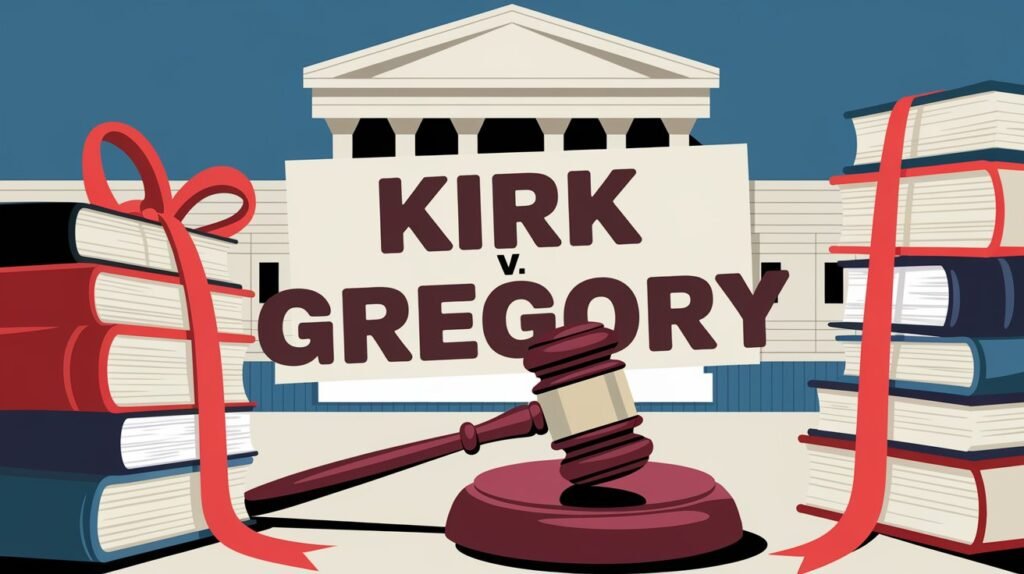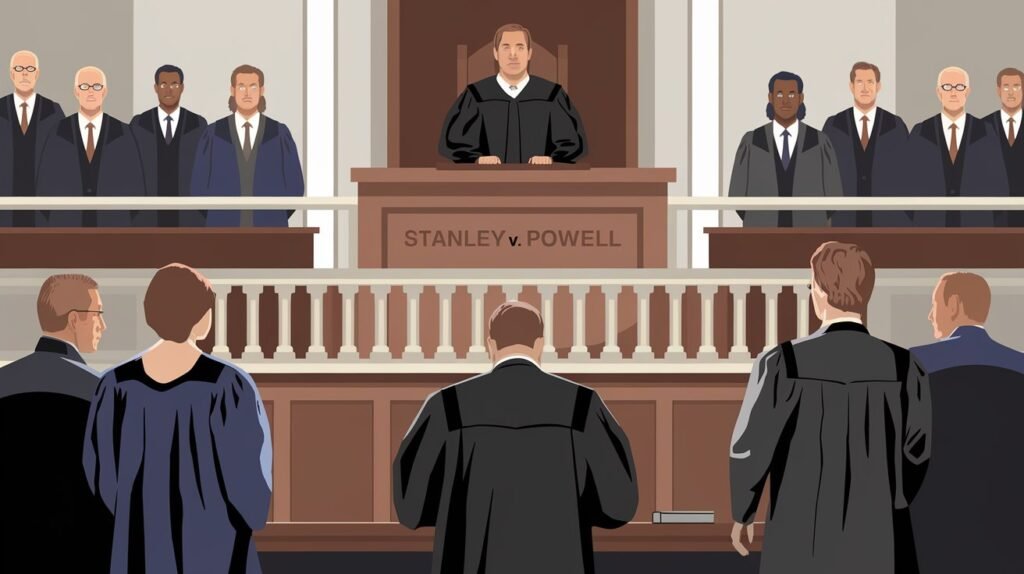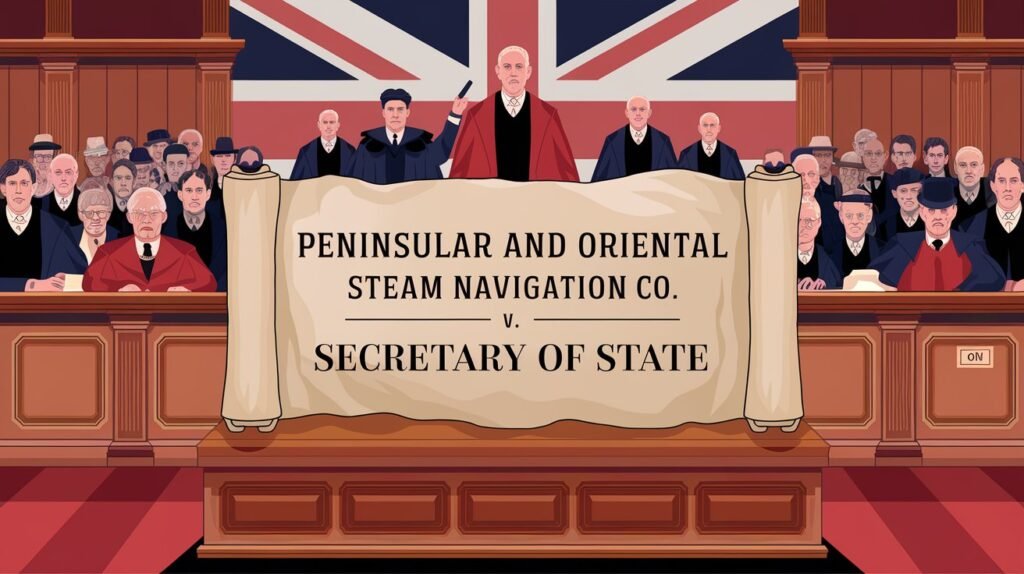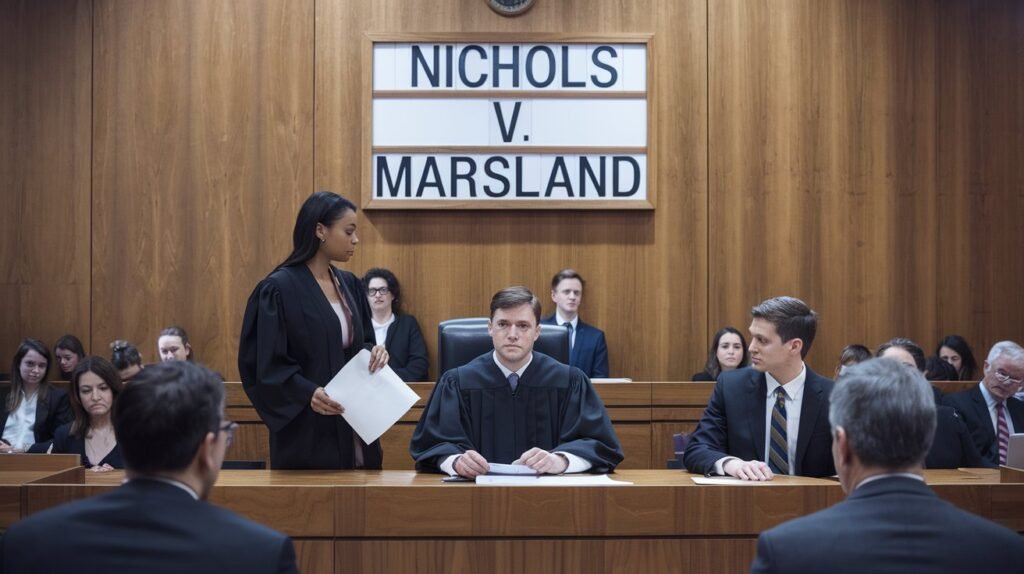Bird V. Jones 1845 (Case Summary)

This case is a landmark decision in the law of false imprisonment, establishing that partial obstruction of a person’s freedom of movement does not amount to false imprisonment unless their liberty is entirely restricted.
Table of Contents
ToggleFacts of Bird v Jones
- Bird, the plaintiff, attempted to cross a public road that was partially closed off for a regatta(a sporting event consisting of a series of boat or yacht races).
- Jones, the defendant, had restricted access to part of the road but allowed Bird to go back the way he came or take an alternate route.
- Bird refused to take the alternate route and claimed that he was falsely imprisoned as his freedom to move in his desired direction was obstructed.
- Bird sued Jones for false imprisonment, alleging that the restriction constituted a complete loss of liberty.
Issues framed
- Whether partial obstruction of a person’s freedom of movement constitutes false imprisonment?
- Whether false imprisonment is established only when a person is completely confined without the ability to move in any direction?
Judgment of Bird v Jones
The court of Queen’s Bench analyzed the principles of false imprisonment, focusing on the requirement of total restriction of liberty.
The court of Queen’s Bench held that false imprisonment requires a total restraint on a person’s liberty, such that they have no reasonable means of escape. It ruled that the defendant’s actions did not amount to false imprisonment because Bird had alternative routes available and was not completely confined. The restriction of a particular path or direction does not constitute false imprisonment if other avenues of movement are open.
The court of Queen’s Bench ruled in favor of Jones, dismissing Bird’s claim. False imprisonment occurs only when there is a complete deprivation of liberty, and not merely a restriction in one direction.



